Protect Your Plants – 4 Common Tomato Pests
When it comes to insects in your garden, don’t be quick to kill. Not all insects are enemies. In fact, most insects are essential players in your organic garden’s success. Others are neutral and don’t cause any harm. Yet some will ruin your harvest.
Spotting the difference between the good and the bad can be tricky, so keep your eyes peeled.
It doesn’t matter if you’re growing hybrids or heirlooms, there are a few pests you don’t want around. Identify harmful pests early before damage is done.
Four Common Tomato Plant Pests:
Hornworms – These destructive caterpillars can grow to about 3-3½” at full size, but their green color makes them difficult to spot. If you spot hornworms, spray with water or remove by hand. However, where there is one, there are usually more. If there is a large infestation, consider spraying tomato plants with an organic approved pest control.
Fruitworm – Adult tomato fruitworms are moths, typically yellow or olive in color. They often lay eggs near the leaves of the plant. If you see fruitworms, check leaves for eggs. Larvae feed on leaves and foliage before moving to the tomato, giving you more time to stop potential damage.
Potato Aphids – These tiny insects are usually found in dense clusters. Potato aphids are typically not serious enough to kill plants, but a large enough infestation can stunt growth and lead to mold and disease. If you spot an infestation, remove it and be sure to throw in the garbage. If thrown on the ground, aphids will re-infest the plant. See controls here.
Beet Armyworm – Similar to the fruitworm, beet armyworm adults are moths with gray and brown upper wings and white or pale gray lower wings. They typically lay eggs on the underside of leaves. When larvae hatch, they feed on foliage before attacking the tomato itself. Remove beet armyworm caterpillars by hand before they become moths.
When it comes to tomato pests, the best way to stop damage is to spot pests early. Keep a close eye on your tomato plants, especially in the early stages. Introduce beneficial insects such as lacewings or ladybugs into your garden to naturally control common pests.
Pruning tomato plants and giving them the right support can also make pests easier to spot and keep bugs at bay.

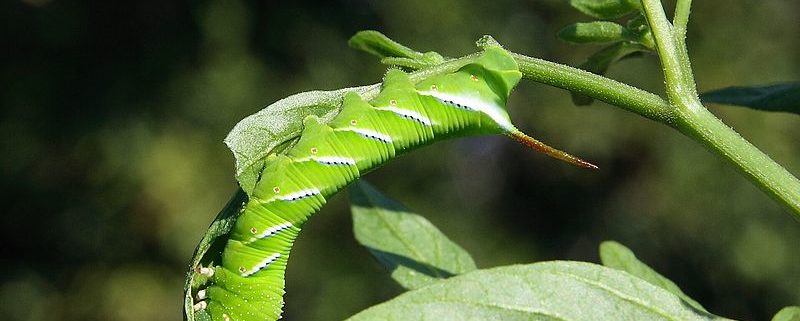
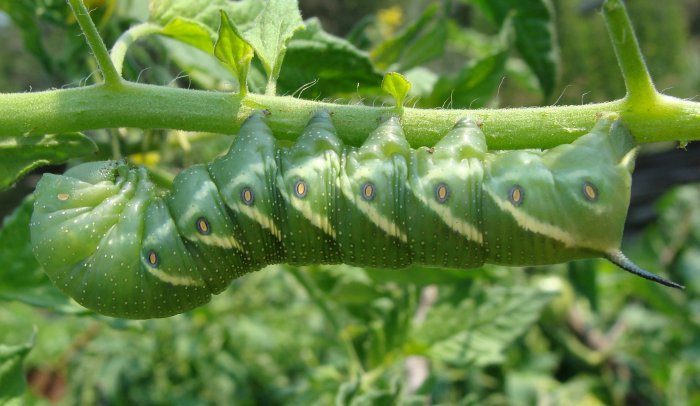
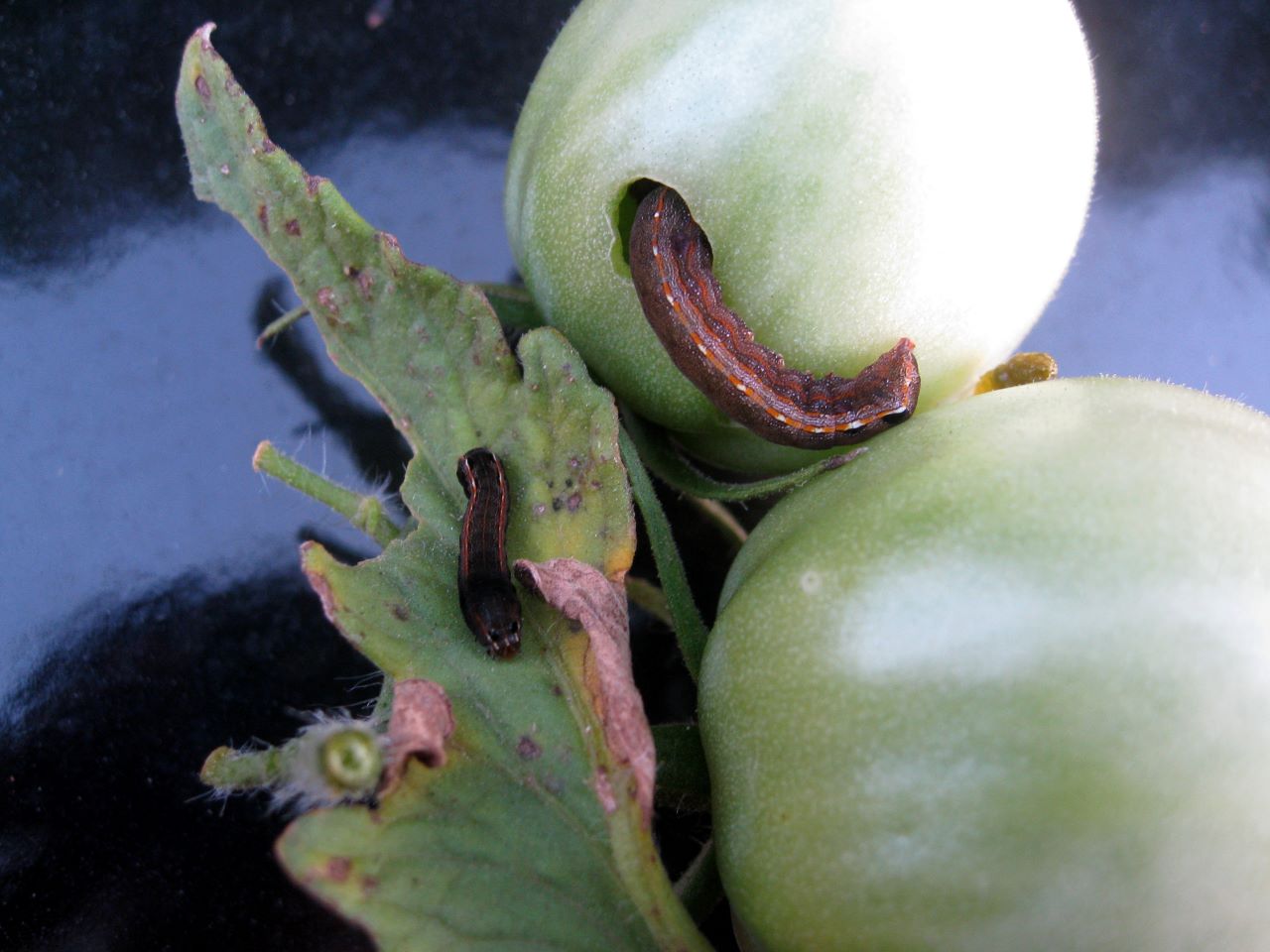
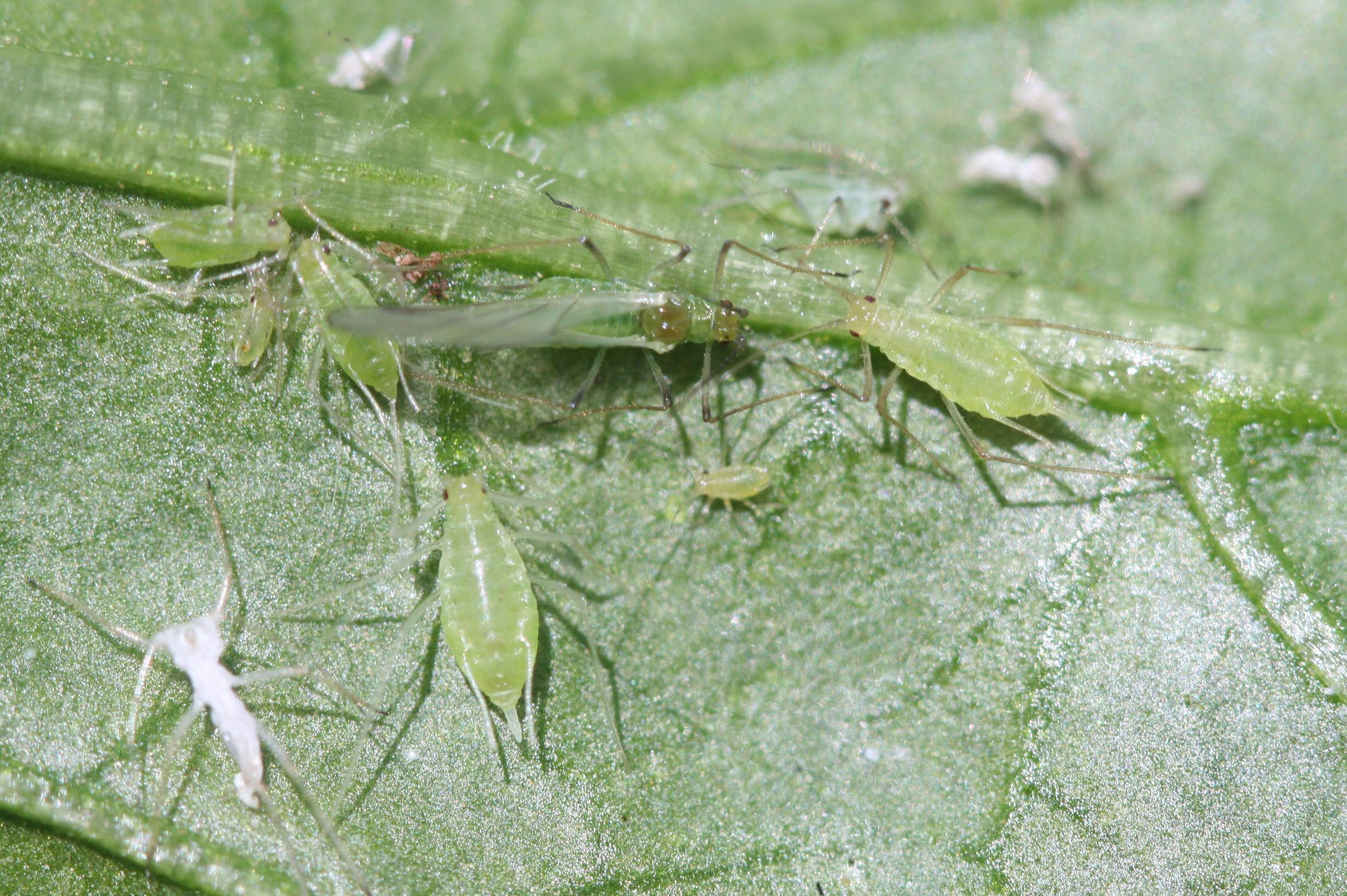
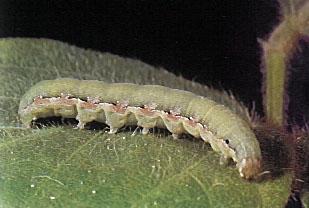
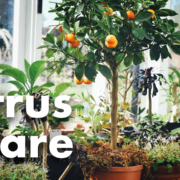








Comments are closed.